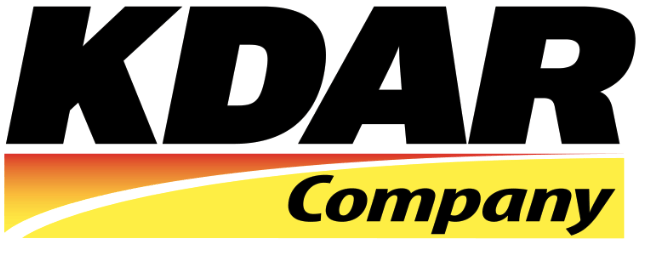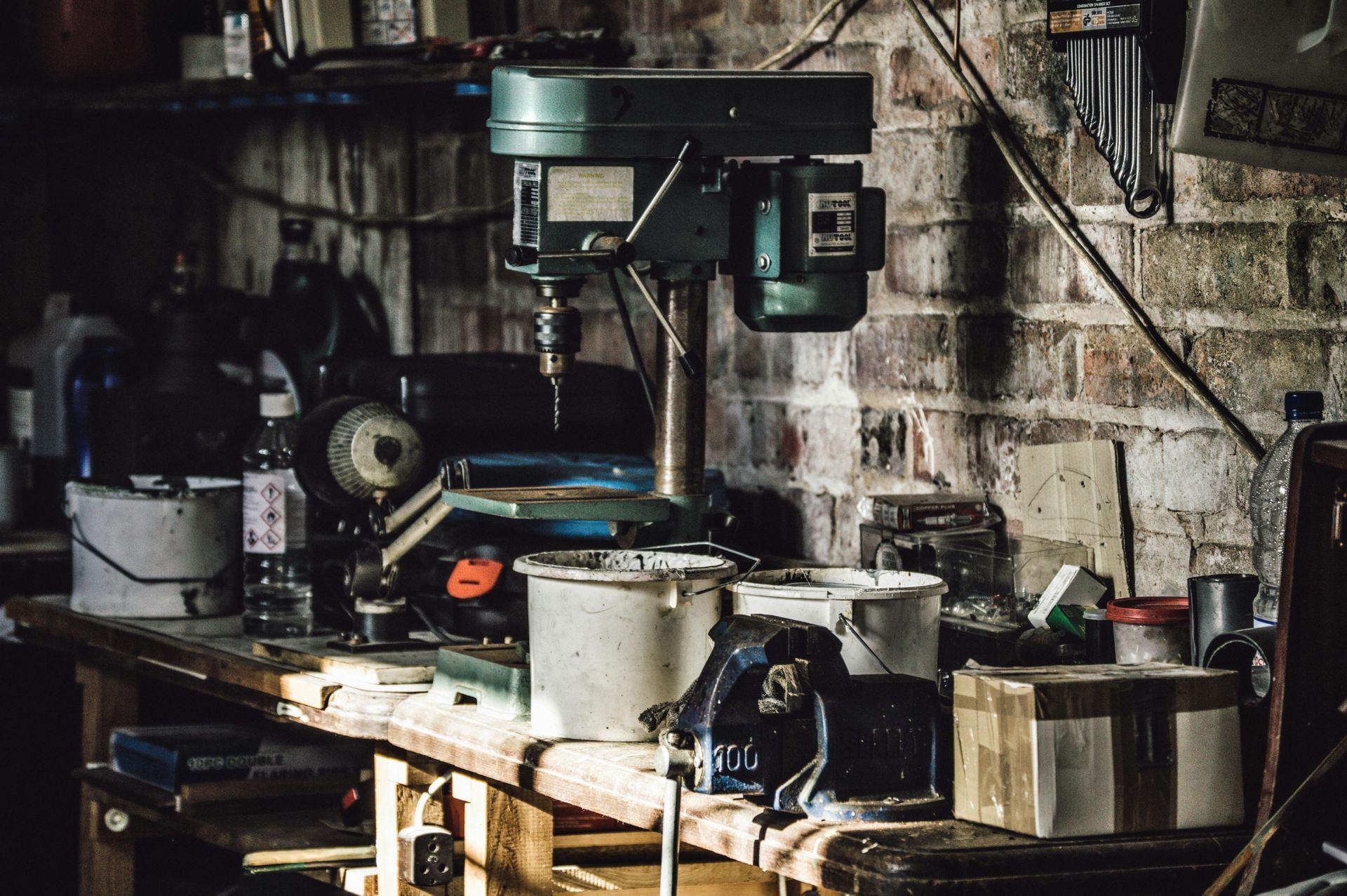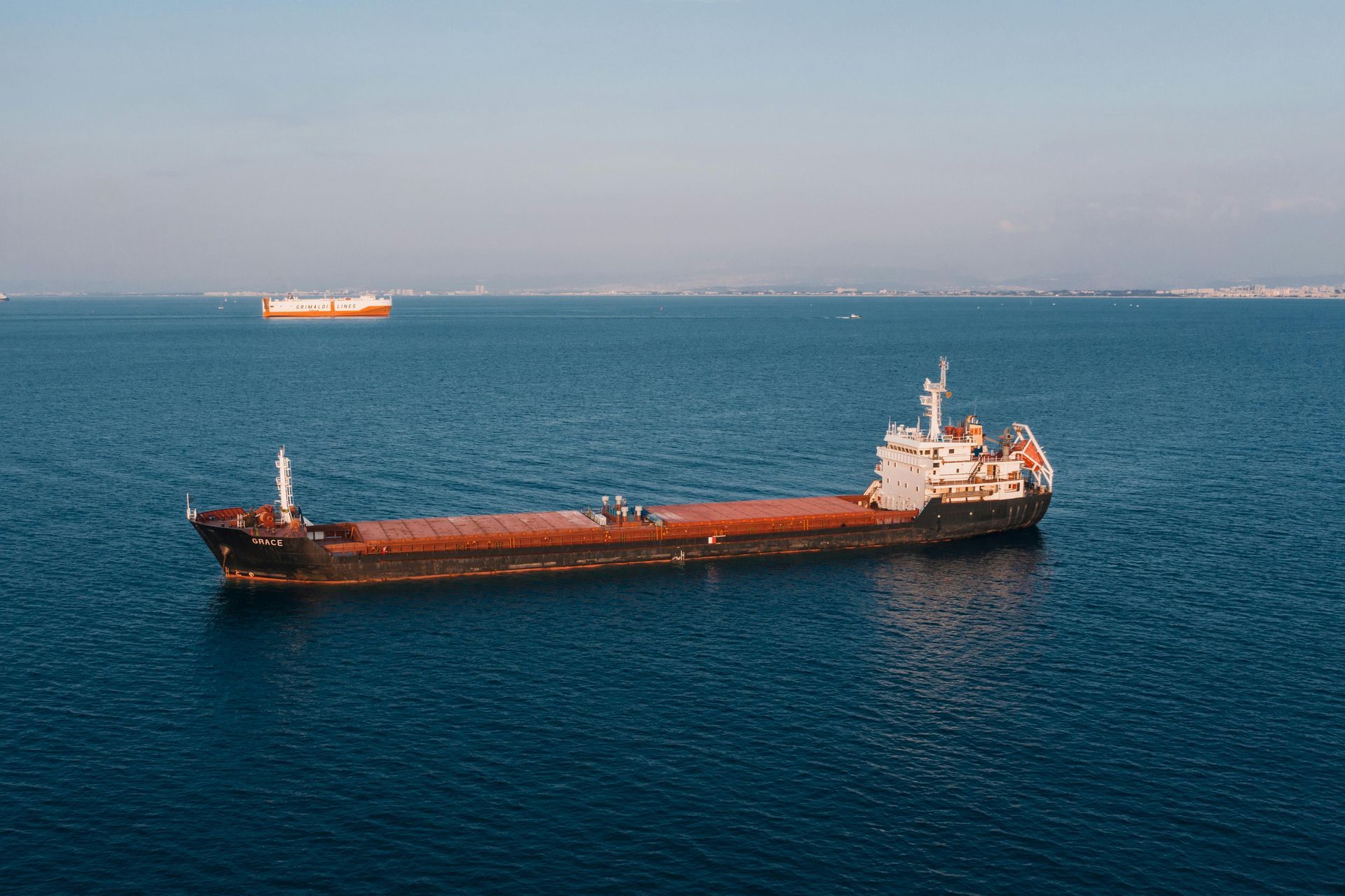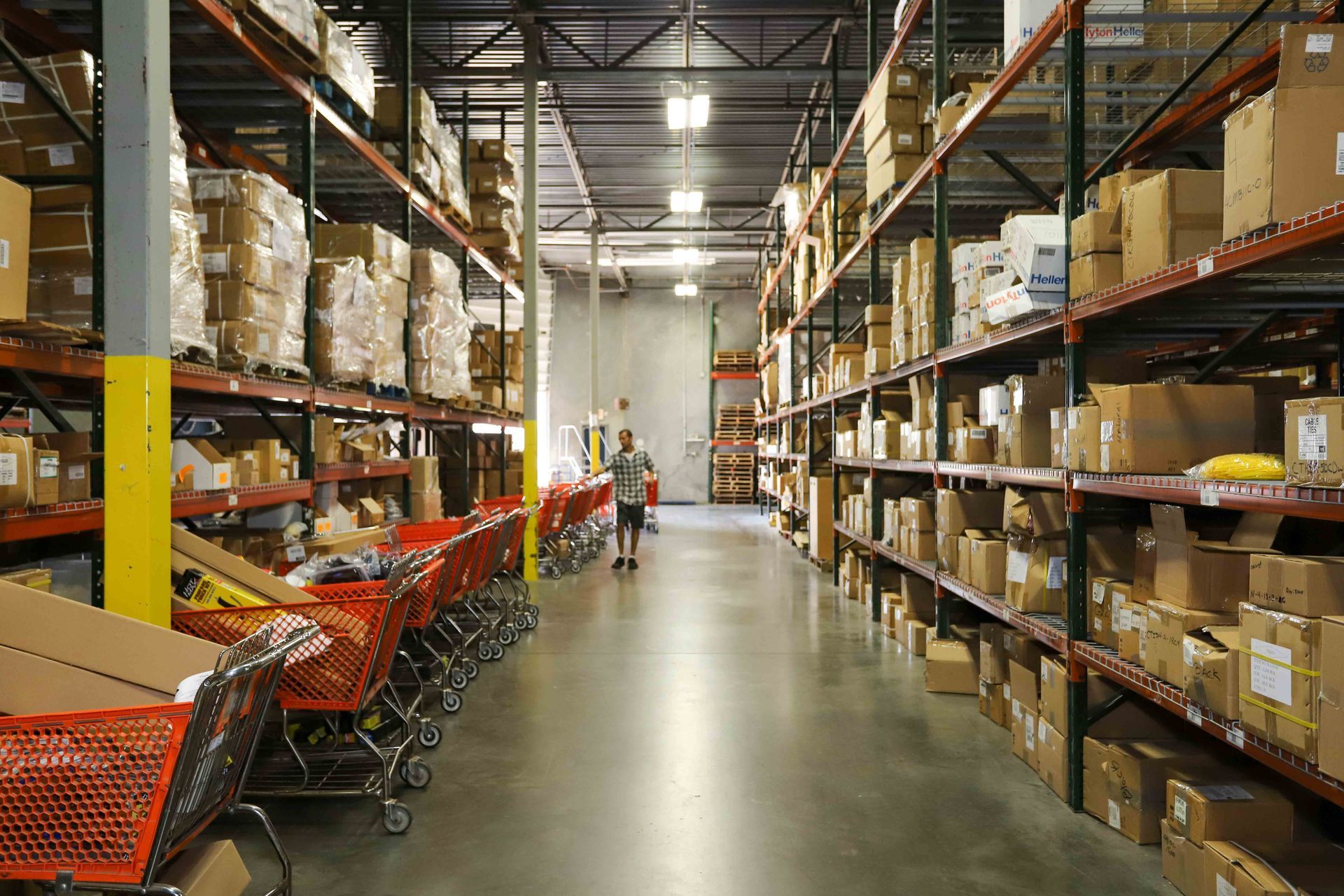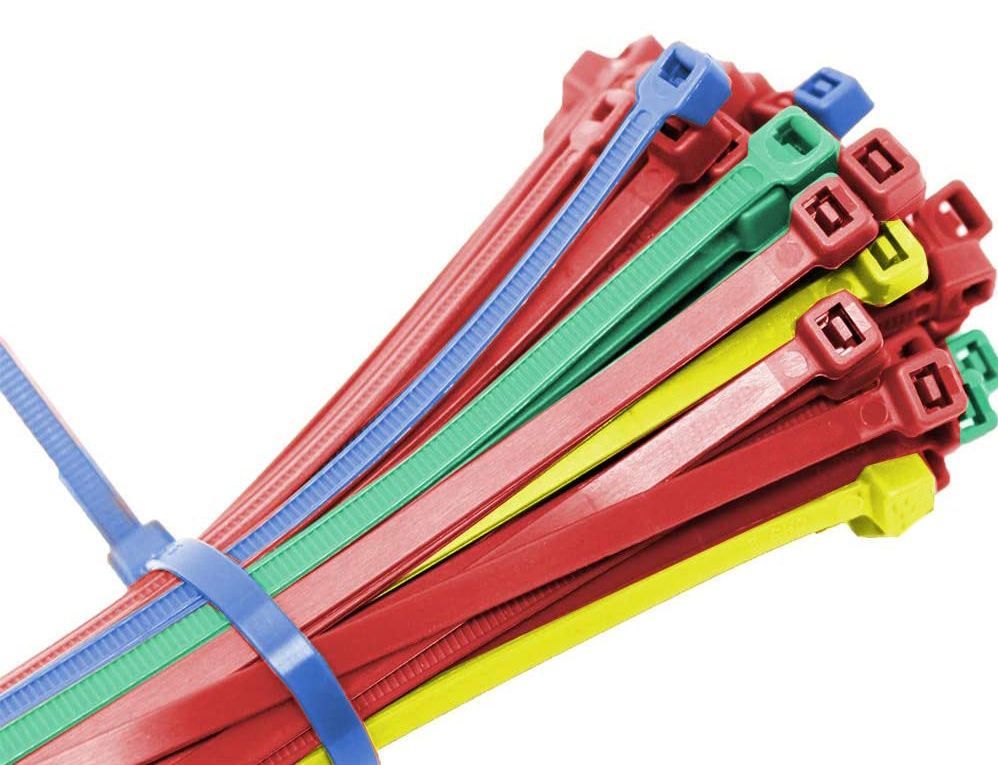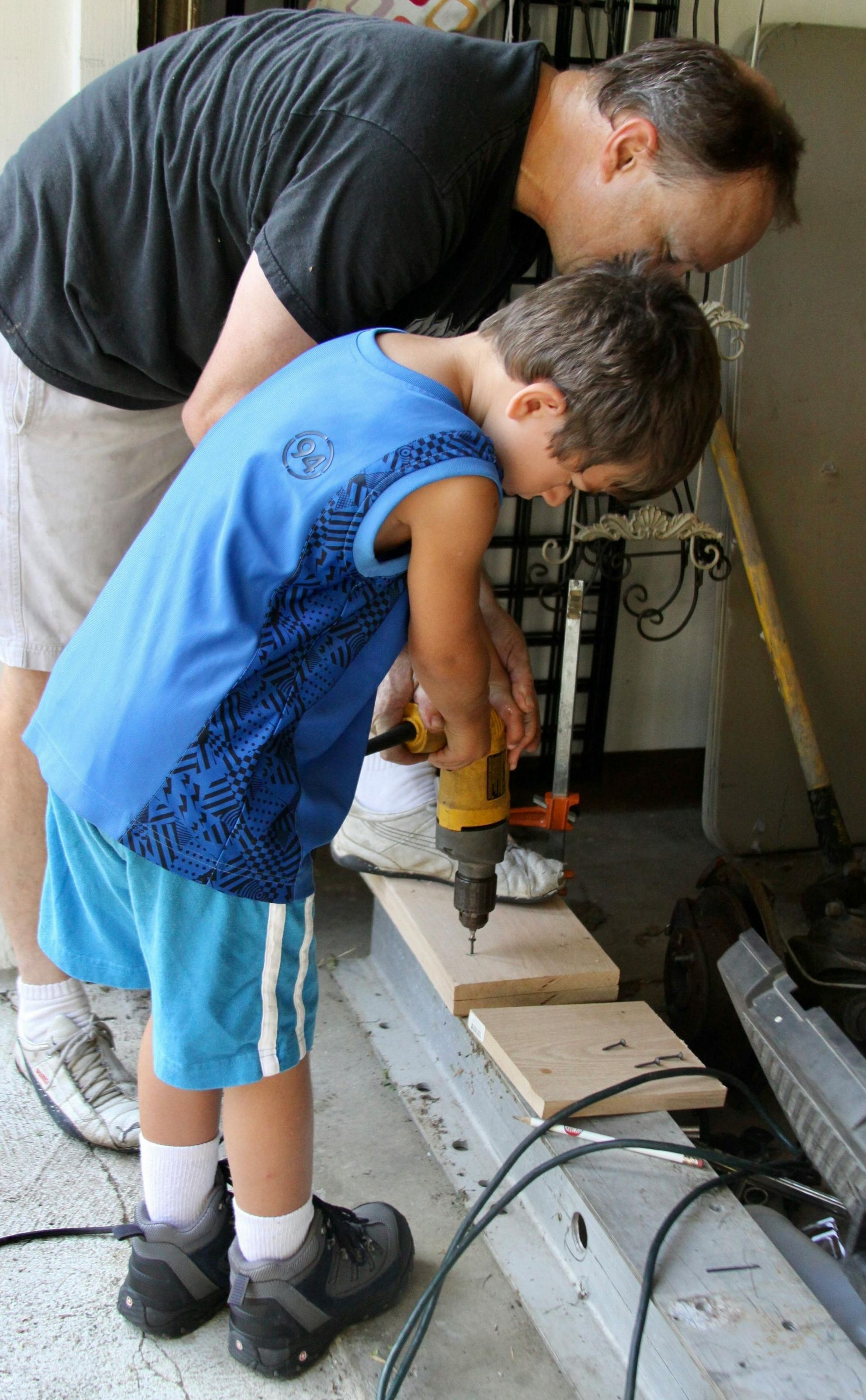Women In Welding
While there are now an increasing number of women in welding, that wasn’t always the case. Considered as an industrial worker’s skill, welding was long thought of as a man’s job; too dangerous and complex for women to do.
The First Women In Welding
To better understand the
history of women in welding, we need to travel back to World War II:
“American women were needed to work for their country in a variety of positions. So, for the first time, because of male enlistment, they moved from domestic work to enter the workforce in unprecedented numbers, taking jobs previously closed to them and reserved for men up until then. The munitions industry also heavily recruited women workers, as illustrated by the star of a government propaganda campaign ‘Rosie the Riveter’.”
Women learned several fabrication and manufacturing processes previously assigned to men throughout the war, including welding. After the war ended, women returned to the homefront and gave up their welding jobs – but not without starting a mindset shift about how women could contribute to the workforce.
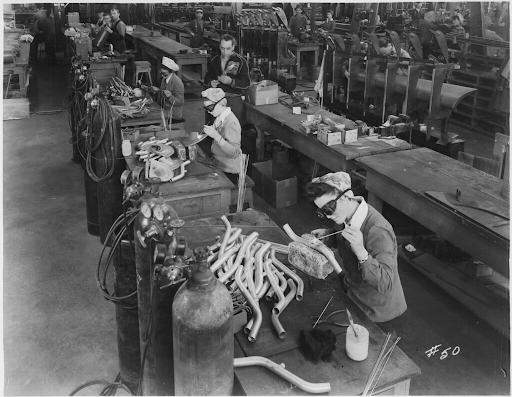
The number of women in welding didn’t increase much over the following decades. Women weren’t typically thought of as industrial laborers, but that changed in the early 1980s when the film “Flashdance” was released. This film followed the life and struggles of a woman who was a welder by day and a dancer by night. Movie critics and movie watchers formed very strong opinions about seeing a woman welder. Still, these conversations opened the door for more women to feel empowered to learn about welding.
Women In Welding Today
Technological advances in recent years and an aging workforce have only served to increase the demand for highly trained, skilled welders. Various studies show that women made up only 2% of the country’s welders in the late 2000s, with that number jumping to 5% as of 2021. Clearly, more and more women are becoming interested in and pursuing a long, fulfilling career in welding.
As American manufacturing continues to see unprecedented changes due to many factors, the role of women in welding is poised to become even more critical to our country’s economy. Maybe more importantly, women who choose welding as a career path will set high standards for the industry as a whole and encourage younger generations to get interested in welding and other STEM and manufacturing-related jobs.
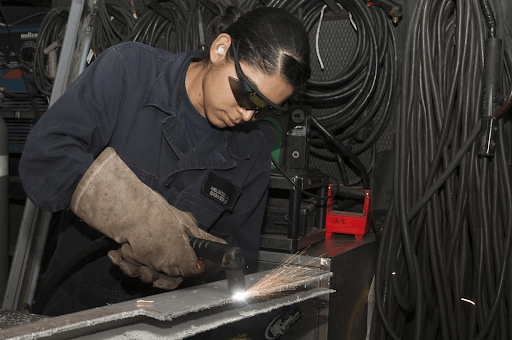
Recognizing Women In Welding
Being trailblazers ourselves, we love showcasing other pioneers within our industry – especially women in welding. We are incredibly passionate and invested in what we do and continue to be proud of how we help women in welding optimize their work and build on their skills. We offer a full line of welding supplies, including industrial welding supply, ARC welding supply, electrodes, welding caps, welding clothing, and more.
Our family-owned company has earned a reputation for unsurpassed personalized attention and innovation. When you choose KDAR as your wholesale welding supplies distributor, you can trust you are getting the very best products. Plus, we provide attentive, personalized customer service to make your entire experience hassle-free.
Contact us today to learn more!
Interested in BECOMING A RETAIL PARTNER?
We’re here to HELP!
We want to know your needs exactly so that we can provide the perfect solution. Let us know what you want and we’ll do our best to help.
Contact Us
